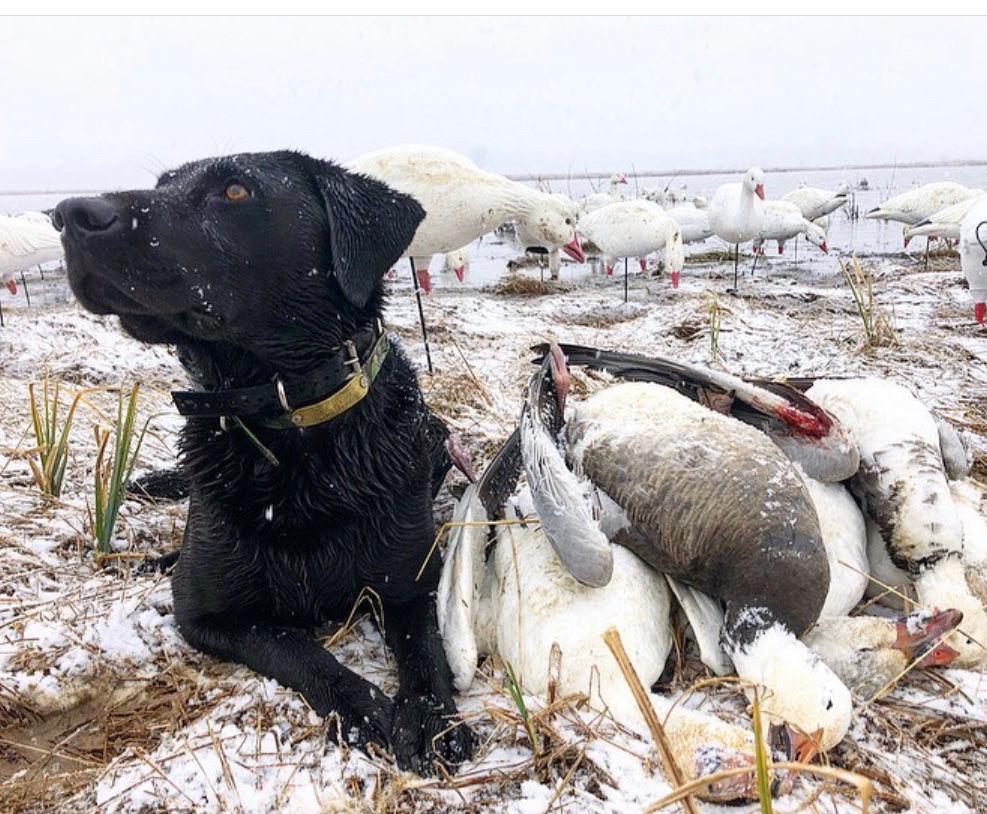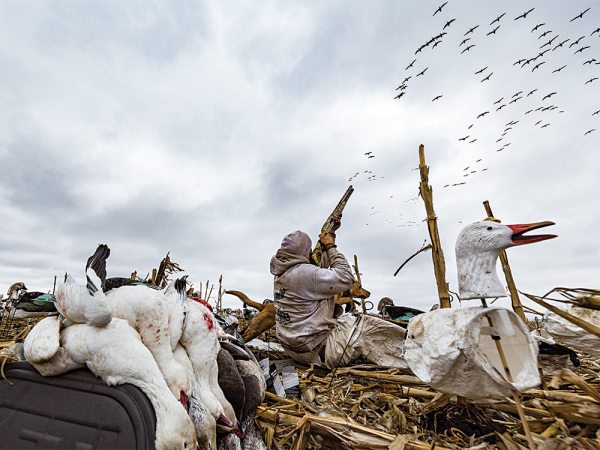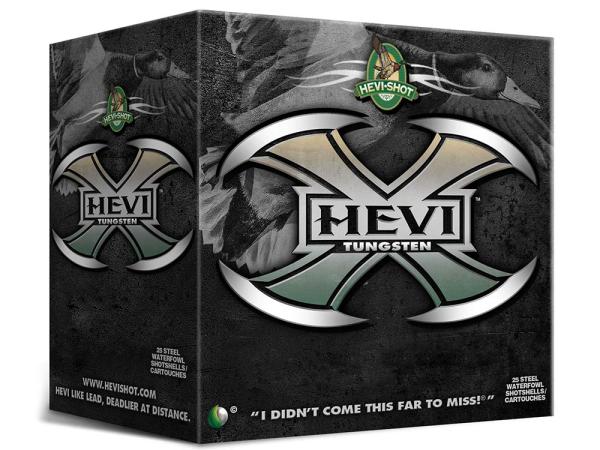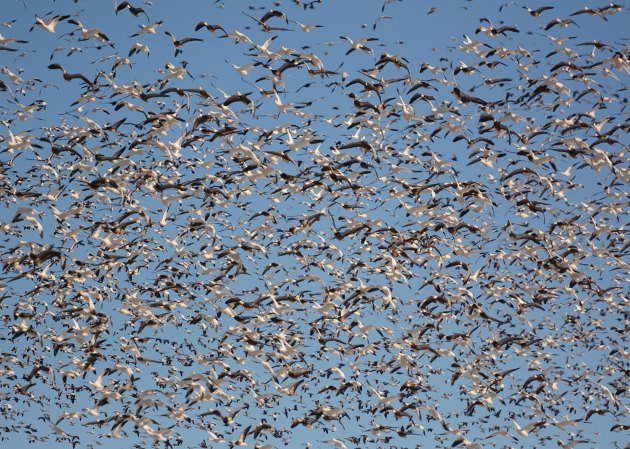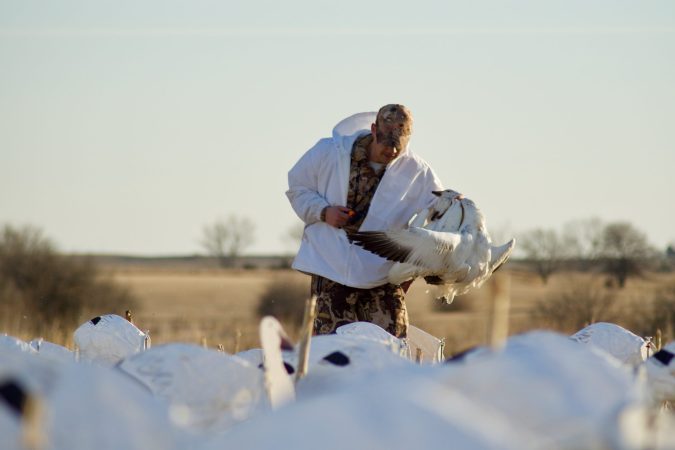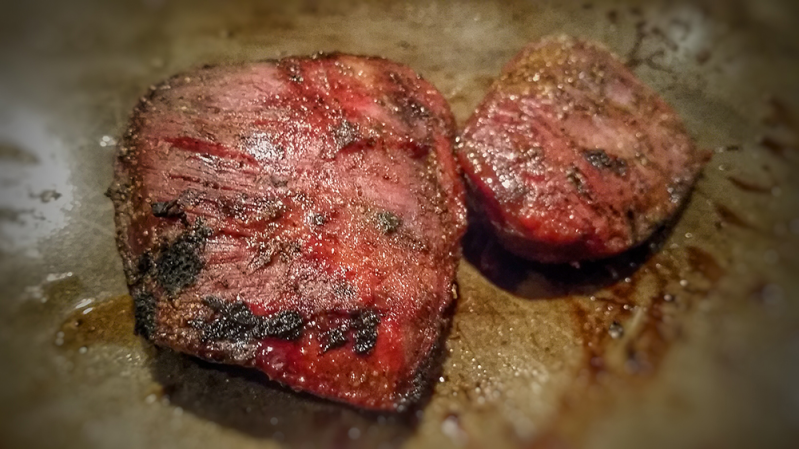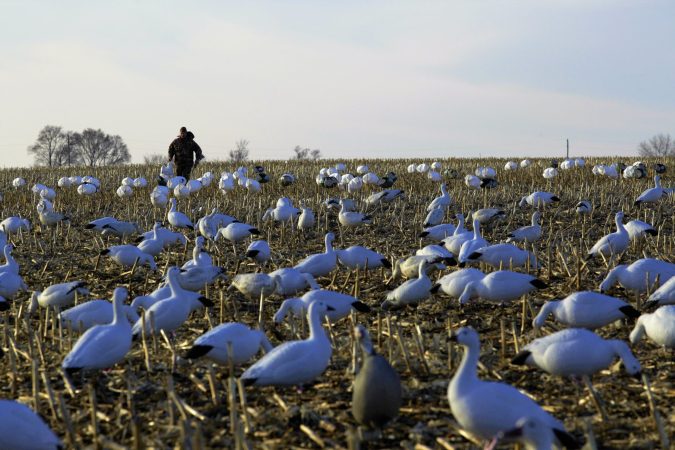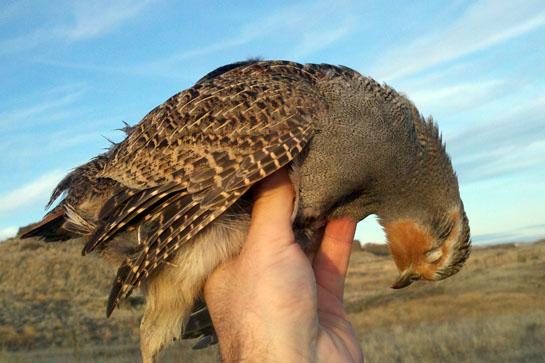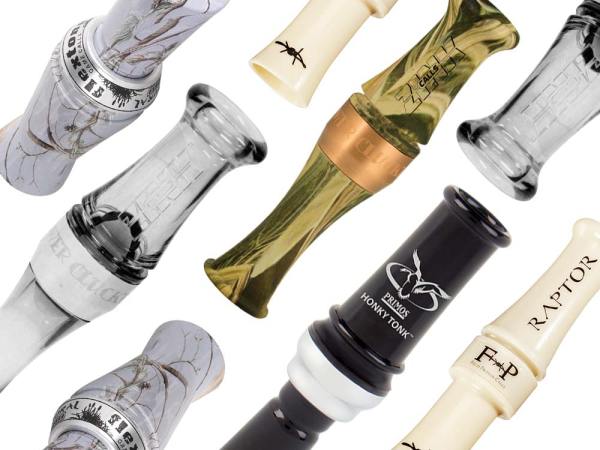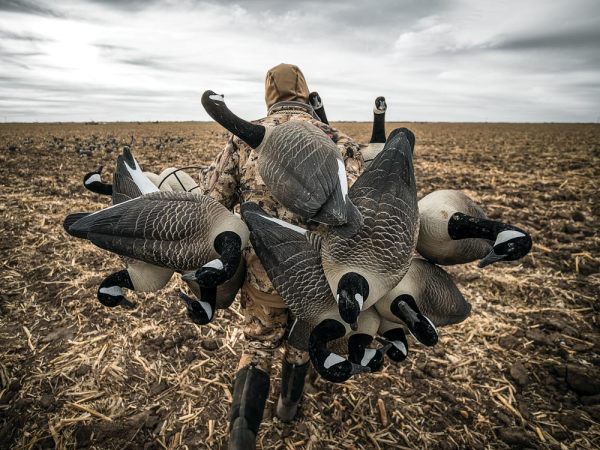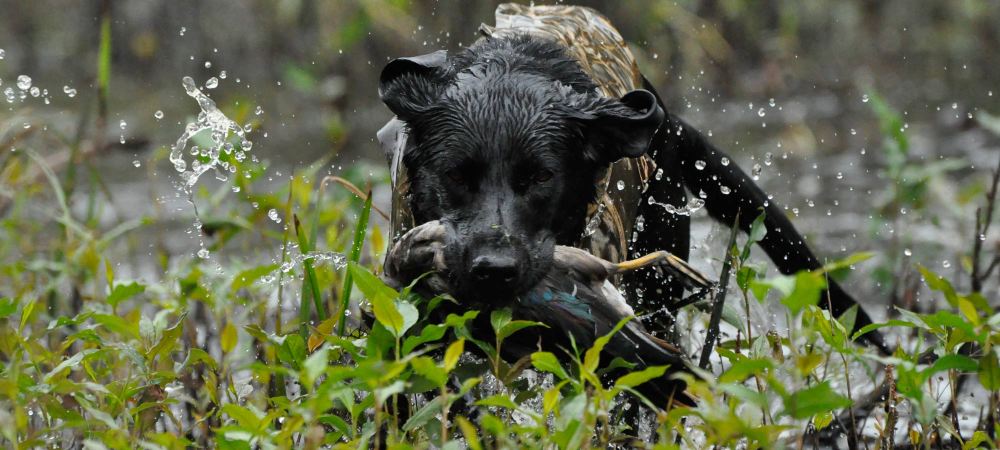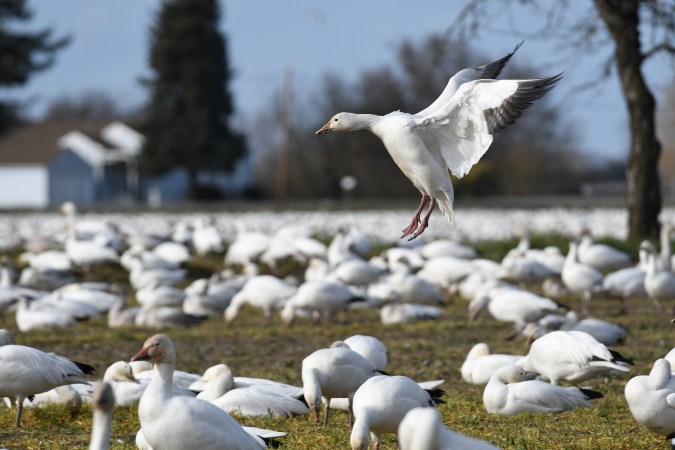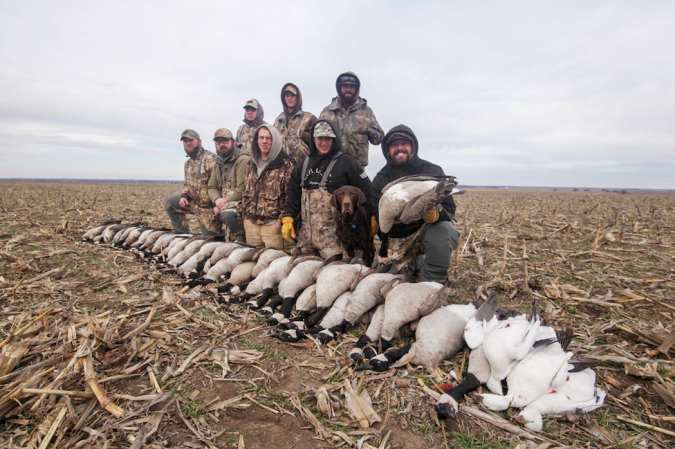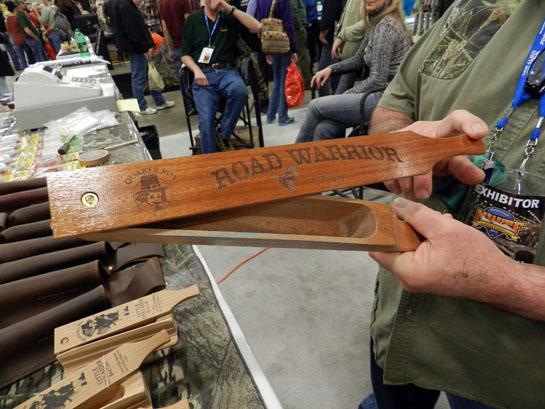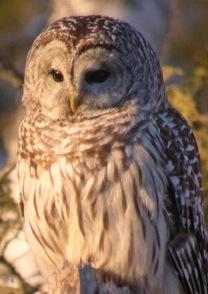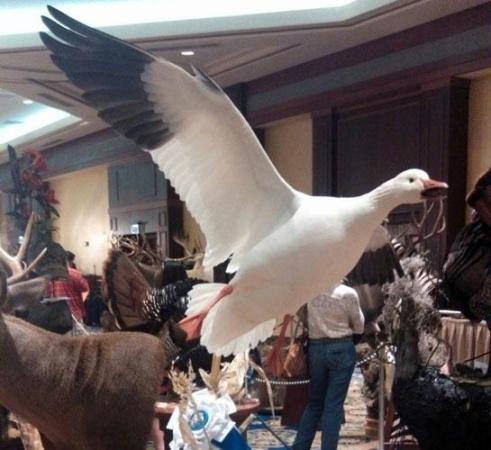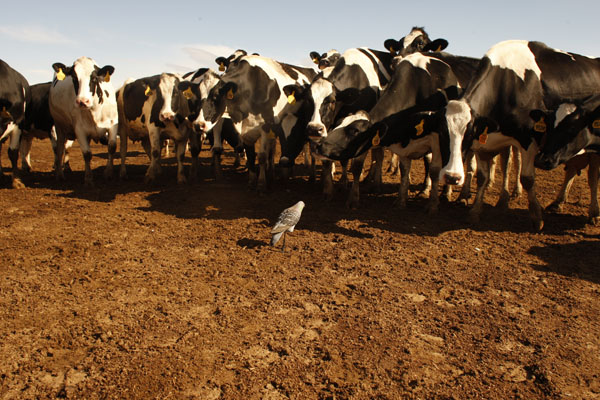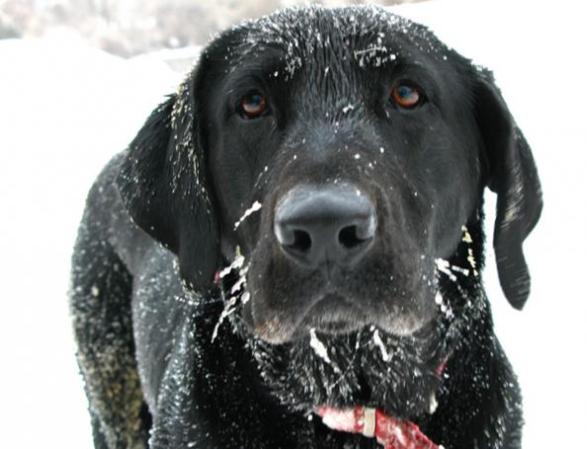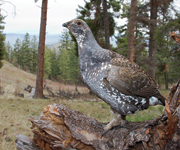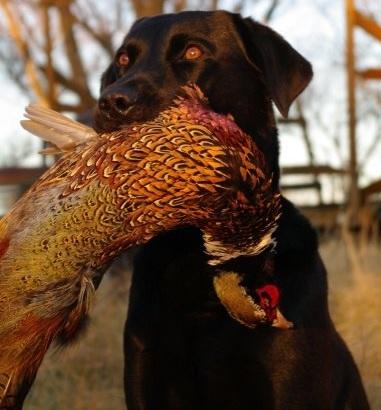No matter how good of a snow goose hunter you are, there will be times when you fail. It’s part of any hunting pursuit. I know this better than most. When I first started snow goose hunting, I made plenty of blunders. Luckily, since I hunt mostly on my own, very few folks know about them—until now.
Hunting spring snows is hard. It takes a ton of scouting, finding access, setting thousands of decoys, and ideal weather conditions. I’ve spent years battling the spring migration, and though most days I feel like I’m beating my head against a white wall, shooting into those huge tornadoes of geese keeps me coming back. But there are a handful of mistakes you simply can’t make. If you do, there’s zero chance of killing a single bird. Avoid these pitfalls, and you’ll have a fighting chance at stacking up more snows this spring.
1. Terrible Hides
If you’ve spent any time chasing ducks and geese, you know that concealment is king. With snows, multiply that by 10. I’d need a Master’s degree in calculous to add up the number of opportunities wasted by failure to properly cover blinds and conceal gear. Selecting a field with ample grass or stubble is the first step in getting the hide right, but that doesn’t automatically mean you will be hidden. Take the time to brush in blinds, whether you hunt on the ground in layouts or from A-Frames on an edge or hedgerow. If you’re in a pit, make sure the shooting ports are well covered. You can do this with a mix of natural stubble or grasses that extend over the hole (store-bought grassmats work too). Place your full-body decoys—or windsocks on stakes—around the shooting holes as well. Also, cover up the e-caller and tornado machine batteries, and make sure your retriever is well hidden.
2. Dirty Spreads
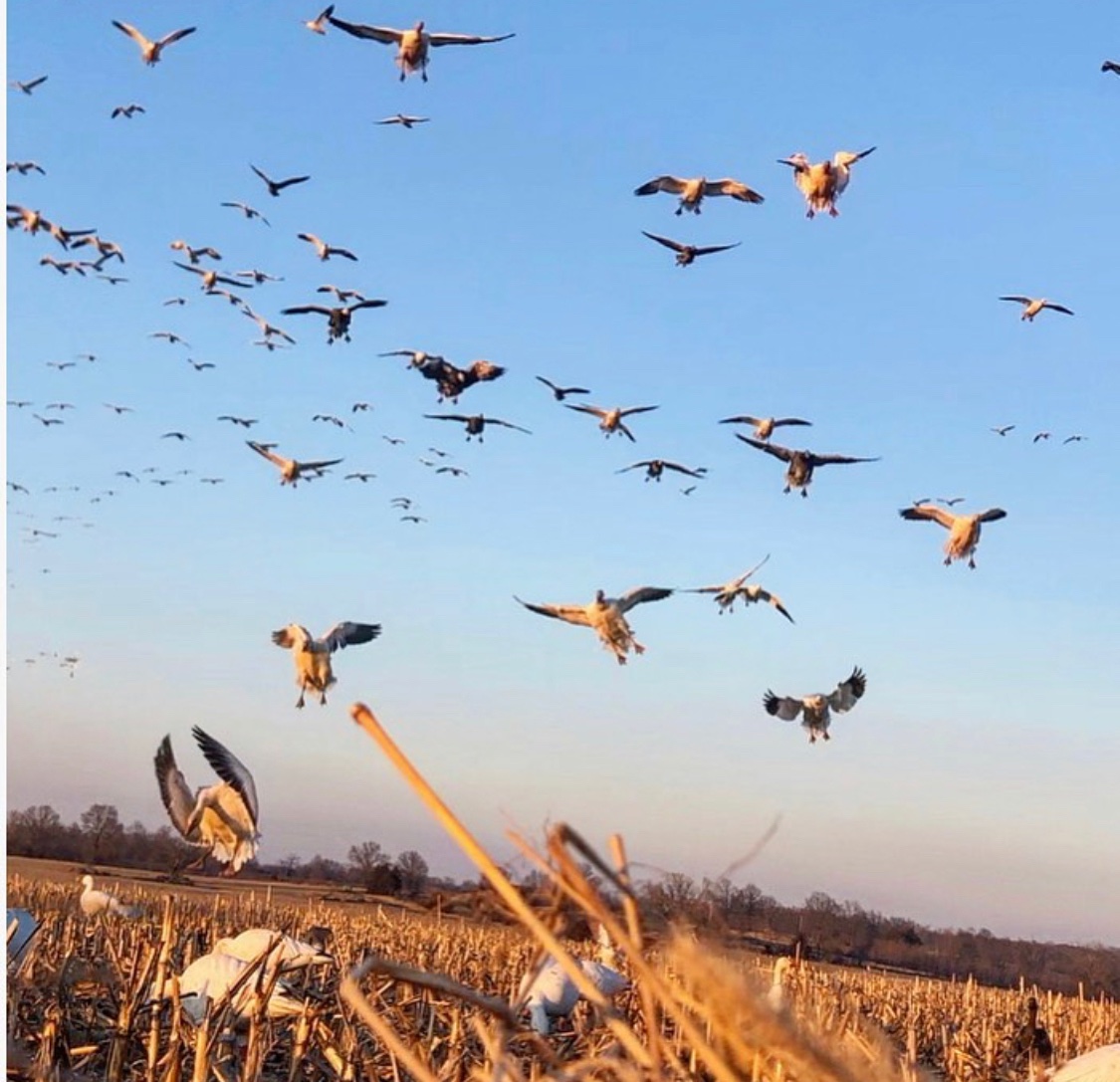
When the next day’s hunt looks like it has potential to be a banger, you will be inclined to bring more buddies along. That can be costly. As your invite list lengthens, there’s a higher chance someone in your group won’t be as conscious of making sure the spread looks as natural as possible. I’ve learned that in order to kill snows consistently, nothing can be out of place. I once had a flock of 300 geese maple-leafing into the decoys that flared like a shot had gone off. Come to find out the neighbor kid we agreed to take had left a full Gatorade bottle laying in the kill hole. Snows, particularly the adults, are smart. You can’t afford mistakes. Keep all your gear in the blind with you or cover it with chaff or brush. Take the time to walk through the spread periodically and make sure nothing looks out of place. It can make a big difference.
3. Mud-Sucked Fields
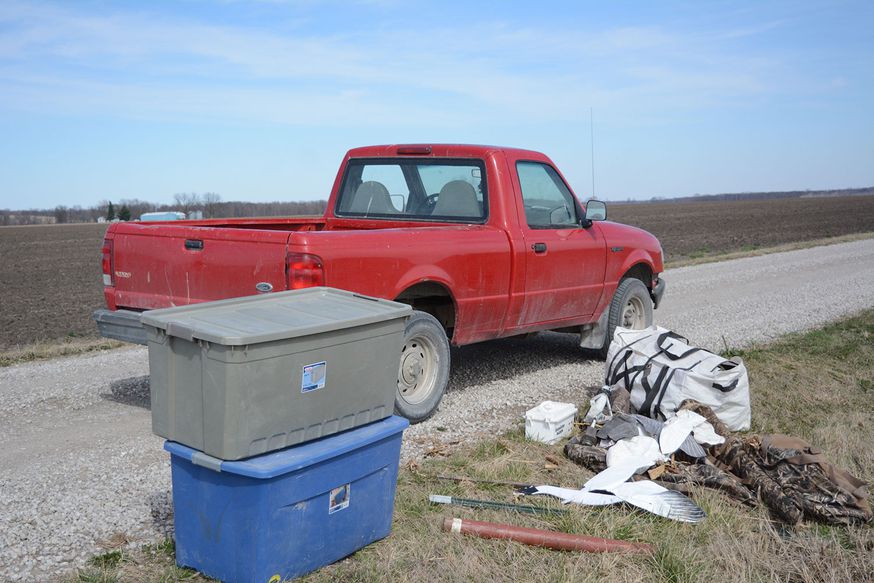
With massive decoy spreads, e-callers, blinds, and loads of other gear, you have to be able to drive in and out of the field you’re hunting. The constant freeze and thaw of early spring often makes for a muddy disaster. Walking everything into the field is an option, but if you care about your physical and mental well-being, I don’t suggest it.
Take it from someone who has made dozens of trips to and from the truck (in the same morning) for snow goose gear: You have to find a field accessible by truck or ATV. If it’s impossible to drive in, head on down the road and forget about hunting that location. Also, remember that the ground often thaws as the hunt progresses, which means what was once solid during setup may be soup later in the day. You don’t want to rut up a farmer’s $11,000 per acre field with your truck, or bury your pickup in a corn row, so the same farmer has to come pull you out with the tractor. Both will result in loss of access, and possibly getting your ass whipped.
5. Disrespect For Your Elders
You know the old fella at the gas station? The one counting out exactly $1.17 in dimes and pennies for his morning coffee. The one who always chuckles and gives a half a head shake and says “you boys are crazy” as you grab energy drinks, breakfast sandwiches wrapped in foil, and head out the door an hour before daylight. That’s what adult snow geese are like. They are old, patient, and also wise, because they have seen it all, and you should not hunt them unless conditions are perfect.
Hunters aren’t going to win the war against adult snow geese. But with a stiff wind and sunshine, you can win a few battles. If you don’t have these two ingredients, don’t go after them. I know you want to get out there and start making piles of birds, but adults are the first snows to head back north, so you still have plenty of time (in a good hatch year) to kill the juvies in the coming weeks.
6. Sound Defects
Snow geese key in on sound, almost like a spring tom does. They will often land right on the e-caller speakers, but the sound has to be authentic. If you’re still using tape recordings and your dad’s stereo speakers, you’re not going to kill white geese.
You need to buy a good snow goose e-caller (there are plenty to choose from these days). Calling snows is an art form. That may sound dumb because you’re just pressing buttons, but you have to find the right calls birds will respond to. Once you do, it’s all about volume control. You can blow geese out with too much volume when they get close. It’s more like calling mallards or honkers. Loud to catch their attention, backing it off as they approach, and hammering the volume if they skirt the edges and need a comeback call.
Read Next: 6 Ways to Hunt Snow Geese on Your Own
7. You Brought a Wild Dog
Disobedient, incapable, or unruly dogs can ruin some incredible moments afield. If your father-in-law’s field-trial champion won’t pick up a single hen mallard in a shallow pond, no big deal. Just wade out and grab it.
White goose hunting is different.
On high-volume shoots, it simply doesn’t work to have a dog that won’t kennel up, doesn’t want to get after it, walks during retrieves, doesn’t listen, etc. Nobody else in the spread wants to watch you give hand signals 100 yards from your blind for an hour while flock after flock passes by overhead. Slow days might be even worse. You may only get a handful of chances, and having a dog running wild or not listening is a surefire way to waste them. If you’re going to bring dog, one that can make quick work of basic retrieves—and has high-drive— is a MUST.
